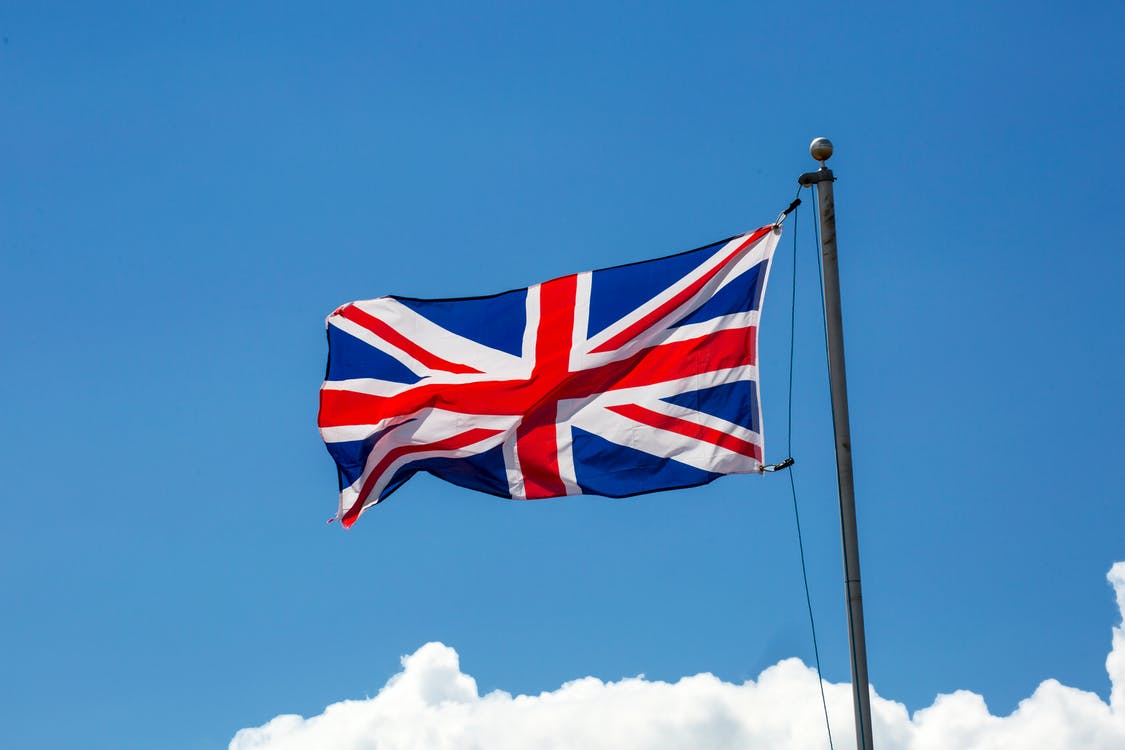The UK is finally welcoming a no-fault divorce procedure thanks to the Divorce, Dissolution, and Separation Bill passed in June 2020. The changes proposed in the bill are inarguably resulting in the most significant shape-up of divorce rulings for 50 years. These proposed rulings will be in effect from 6th April 2022. After this date, married couples and civil partners will be able to attain a divorce without assigning blame to the other party.
These divorce law changes, especially the no-fault divorce step, have been long overdue. The new divorce bill and resultant law changes will mitigate hostility between divorcing couples by eliminating the need to blame each other.
The Current State of Divorce Law
Until the rulings in the divorce bill come into effect, the current divorce law will remain operational. Under this law, married couples seeking divorce are required to prove the irretrievable breakdown of their marriage. Here are the proofs they can present to do so:
- Desertion by one party
- Adultery
- Unreasonable behaviour
- Consensual separation of at least two years
- Non-consensual separation of five years
These factors remain the same for civil partnerships, except for adultery. They pit one party against the other instead of allowing the pair to separate and divorce amicably and through mutual agreement.
No-fault divorce – The New Divorce Bill
The new divorce rulings rooted in the Divorce, Dissolution, and Separation Act are meant to modernise the divorce proceedings in the current century. They aim to give the parties the option of a no-fault divorce, which will enable them to avoid confrontation and mitigate the damaging effect of an ugly divorce on children. The divorce bill will remove the need for one party to blame their spouse and allow the couple to sign a sole or joint statement citing the marriage’s breakdown and their wish to part ways.
This critical statement will prevent both parties from contesting the divorce as the court will consider it as proof of their marriage’s irretrievable breakdown. This way, both husband and wife or civil partners can file for a divorce without maligning the other’s character or proving the breakdown of their marriage. They will also not require the other individual’s consent to file for divorce. It will protect victims of domestic abuse as their abusive partners will not be able to contest their decision.
The New Divorce Process
The new divorce bill also alters the new minimum time for submitting a statement to 20 weeks. It will allow both parties to discuss the agreements surrounding their divorce. Once 20 weeks are done, the court will grant a condition order. After that, the applicant and their partner will have 6 additional weeks to reflect on their decision and then file a final order to end the marriage or civil partnership.
A Better Future
The breakdown of a marriage is an emotional time for any couple. Currently, partners have to prove one of the five conditions for divorce, resulting in parties assigning blame on each other. It gives rise to unnecessary conflict in an already emotionally-charged time. The current out-dated divorce process also affects the wellbeing of the child they share, if any. It also results in more expenditures, the involvement of many solicitors, and more emotional duress.
By ensuring a no-fault divorce, the UK will enable couples to resolve their divorce matters quickly and amicably. It will empower them to protect their children from a harrowing divorce process. It will also be a more collaborative process as neither party will feel the pressure of playing the blame game.












